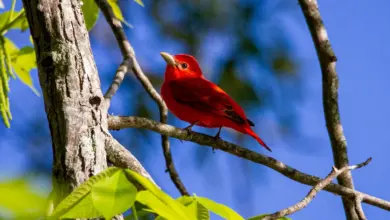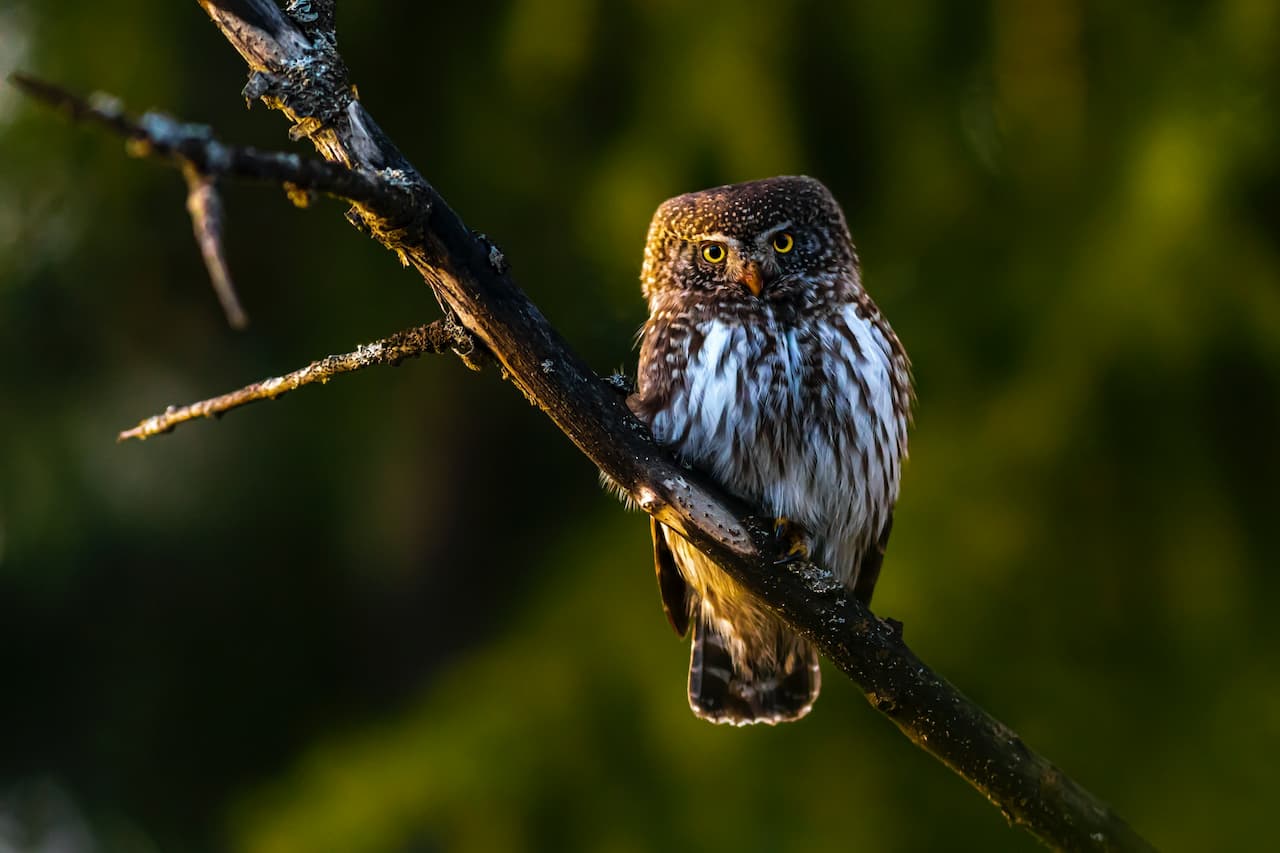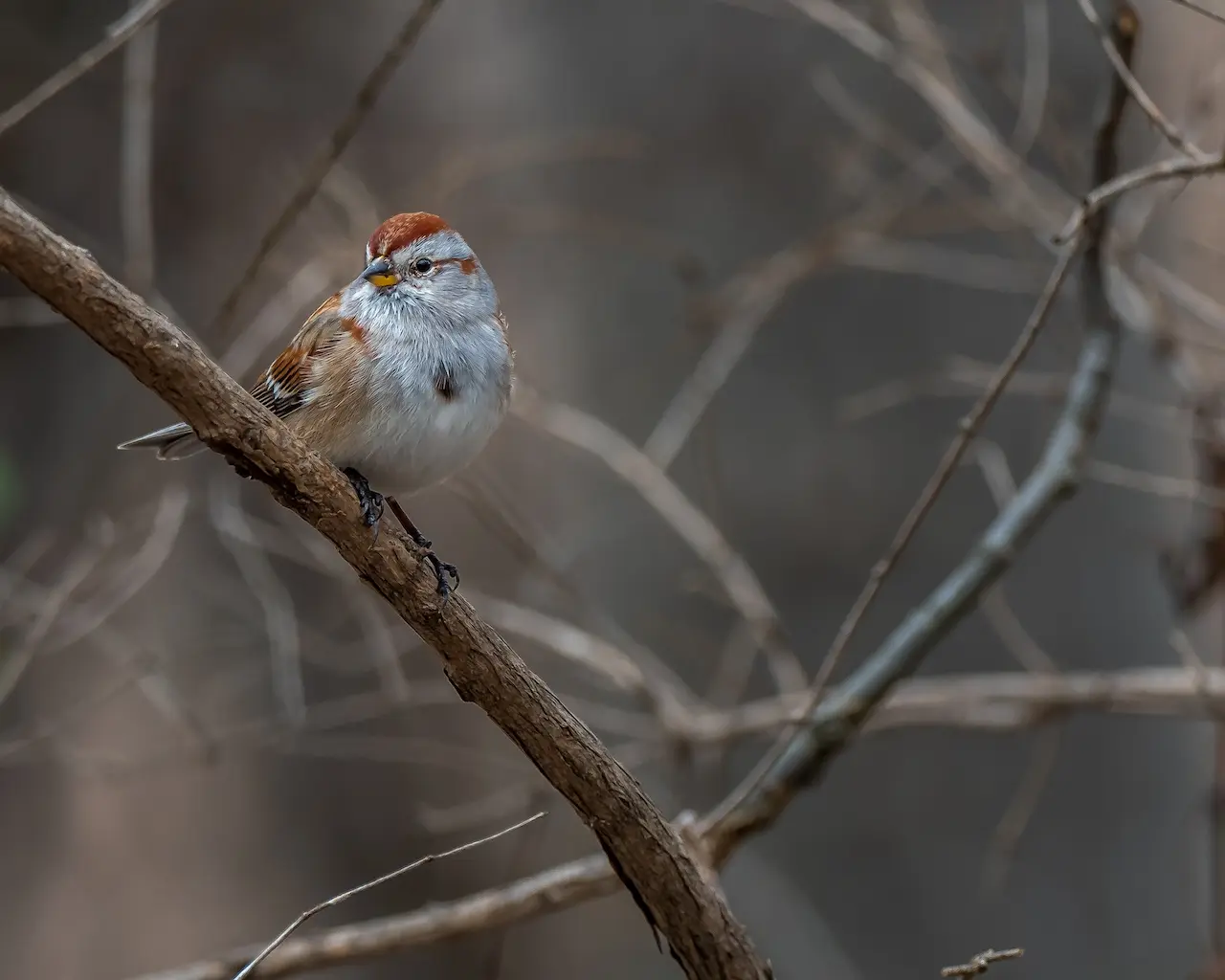Star Finch (Neochmia ruficauda)
The Star Finches (Neochmia ruficauda) is an Australian finch that is critically endangered in the wild. Its numbers are declining due to habitat destruction, specifically overgrazing of grasslands, and removing essential cover, as well as sources of food.
This is a popular and common aviary bird, and capturing it for the pet trade poses additional risks to its continued existence in its natural habitat.
It has three subspecies:
- Neochmia ruficauda subclarescens (inhabits three separate subpopulations, from Pilbara, Fitzroy River Valley, and Gibb River, Western Australia to the Northern Territory/ Queensland border.)
- Neochmia ruficauda clarescens (located on the Cape York Peninsula)
- Neochmia ruficauda ruficauda (probably extinct)
The information is courtesy of Mandy and Paul – Breeder of Canaries and Other Exotic Birds – Singing Wings Aviary – www.singing-wings-aviary.com (A great source for these beautiful little finches) – Note: Some information has been added by BeautyofBirds.
Description:
In its normal form, the Star Finches has a bright red face that extends past the cheeks in males.
The overall body color of this species is olive green with a beige-yellow underbelly. Tiny white star-like dots cover the crown of the head circling around the outer edge of the eyes to the cheeks and extending from the chin to the chest then down the flanks.
Both sexes have red beaks and dark eyes.
This species has mutations, such as the Fawn, and the Yellow and Cinnamon varieties.
Size:
The average size for this species is 4.5in (11cm).
Origin:
This species originated and can be currently found in Northern Australia.
Sexing:
Once molted into adult plumage Star Finches can easily be sexed visually.
The males have a brighter red face mask which extends past the cheeks while hens have very little facial color with no red on the chin.
Hens are also a duller grey-green with more white stars under the lower beak and a beige-colored belly while males are more olive green in color with a yellow-colored belly.
Mutations/Sub-species:
Aside from the normal form of Star Finches, a few mutations are available such as the yellow face (pumkin face) which changes the red face to orange, which gives the bird blotches with no color pigment, and fawn which changes the overall body color to a light brown color.
Diet:
Star Finches do well on a finch mix that includes proso, Japanese, German, siberian millet, and canary seed. They also need fresh foods such as kale, green leaf lettuce, boiled egg, grated carrot, broccoli tops, and chopped spinach.
A vitamin/mineral supplement should be added in some form either in the water or on fresh foods. We chose to use Petamine and Wheat Germ Oil Blend mixed in with our “homemade eggfood” in which we give to all our birds.
Cuttlebone, grit, and fresh water should be available at all times.
General Care:
Overall they are a pretty easy species to maintain but may need frequent nail trims.
Compatibility:
This species is peaceful and a good candidate for a mixed aviary. They get along with their species and other species of the same temperament.
Housing:
Star Finches can be housed in cages or planted aviaries of mixed species or their species. Just be sure the birds you house them with also have a peaceful temperament.
Best breeding attempts seem to happen when they are bred one pair per cage or planted flight. They will require heat during the winter of at least 55 degrees and will breed best in 70-75 degrees.
Song:
The male’s song is somewhat quiet but pleasant. He will puff his head feathers and lean forward while warbling his throat.
He will also dance for the hen going from side to side in an up-and-down motion much like a Gouldian Finch only slower.





